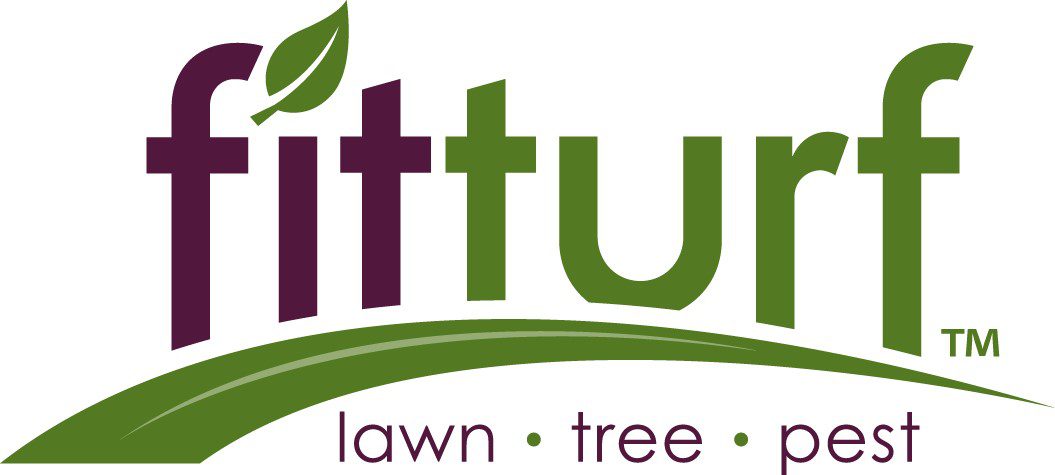How to Get Rid of Japanese Beetles

Are you being bombarded with Japanese beetles in the Metro-Denver, CO area? Click on FitTurf.com to learn about how to rid yourself of these pests for good.
How to Get Rid of Japanese Beetles
A Common Nuisance
What’s green, white and brown and is likely devouring your beloved landscaping plants or garden vegetables right about now? If you answered the “Japanese beetle” you would be correct. This nuisance is responsible for the relentless skeletonizing of leaves, flowers and plants in the Denver-Metro area.
A Wide-Spread Problem
The Japanese beetle, which accidentally hitched a ride to the eastern United States from Japan on an iris bulb in the early 1900s, is now present in many eastern and western states. They reach the height of their activity in Colorado in August.
A Destructive Lifespan
From their larvae stage to their adult emergence in June or July, these beetles’ one-year lifespan is filled with destruction. The female lays its eggs in the fall in well-irrigated lawns, and the larvae feast underground on cool-season grasses throughout the fall, winter and spring.
Japanese Beetle Control Quick Facts
We’ve compiled a few quick facts that you can use to arm yourself for the inevitable invasion and learn how to get rid of the Japanese beetle.
- You can deter egg-laying females by not over-watering your yard during the summer months. These critters are sensitive to dry conditions during their egg and grub stage, and may die if soils dry during this period, according to the Colorado State Extension.
- Allowing your yard to dry slightly in July and early August may kill off any eggs or larvae hidden in your turf. Caring for your yard all year long can promote deep root growth, which is more tolerant to some soil drying. Contact Fit Turf to learn about our full service packages, such as Greenskeeper Lawn Care Program.
- Aim for taller grass in the late summer months: Shorter lawns have less root mass than higher grasses, which make them more susceptible to root damage from grubs.
- Although there are several insecticides available over the counter, these insecticides are highly toxic and can affect bee populations. To be safe, contact Fit Turf to apply a summer lawn treatment.
- Although these destructive pests aren’t particularly picky when it comes to their diet and favor approximately 300 species of plants, flowers and vegetables, Japanese beetles are particularly attracted to Virginia creeper, roses, silver lace, gaura, rose of Sharon, Raspberry, Japanese maple, beans (edamame), grapes, linden, hollyhock, some crabapples, Peking cotoneaster and basil. If possible, plant less or remove these favored plants to control or prevent an acute beetle invasion.
- Japanese beetle traps are an available and effective way of capturing adult beetles in newly infested areas. These traps, which use a floral-based compound as a lure to attract adult beetles, typically have a strip of yellow panels at the top with a funnel underneath. These traps can backfire, however, by attracting more Japanese beetles.
- So, how do you kill Japanese beetles? One of the more effective ways of controlling the population is by hand-picking and crushing them. Smashing the beetles on the spot serves as a deterrent to other beetles. Don’t have the stomach for this? Shake off branches or flowers, or douse plants with soapy water. Collect adult beetles and throw them in the trash. Have ducks, goats or chickens? Provide a tasty treat to these furry or feathery friends and do your part to contribute to the circle of life.
Unfortunately, it looks like the Japanese beetle invasion is a new reality for Denver-Metro inhabitants. Luckily, it is a short-lived, if not painful, experience that can be minimized and controlled. For more information about these beetles, visit Colorado State Extension’s Fact Sheet No. 5.601.


